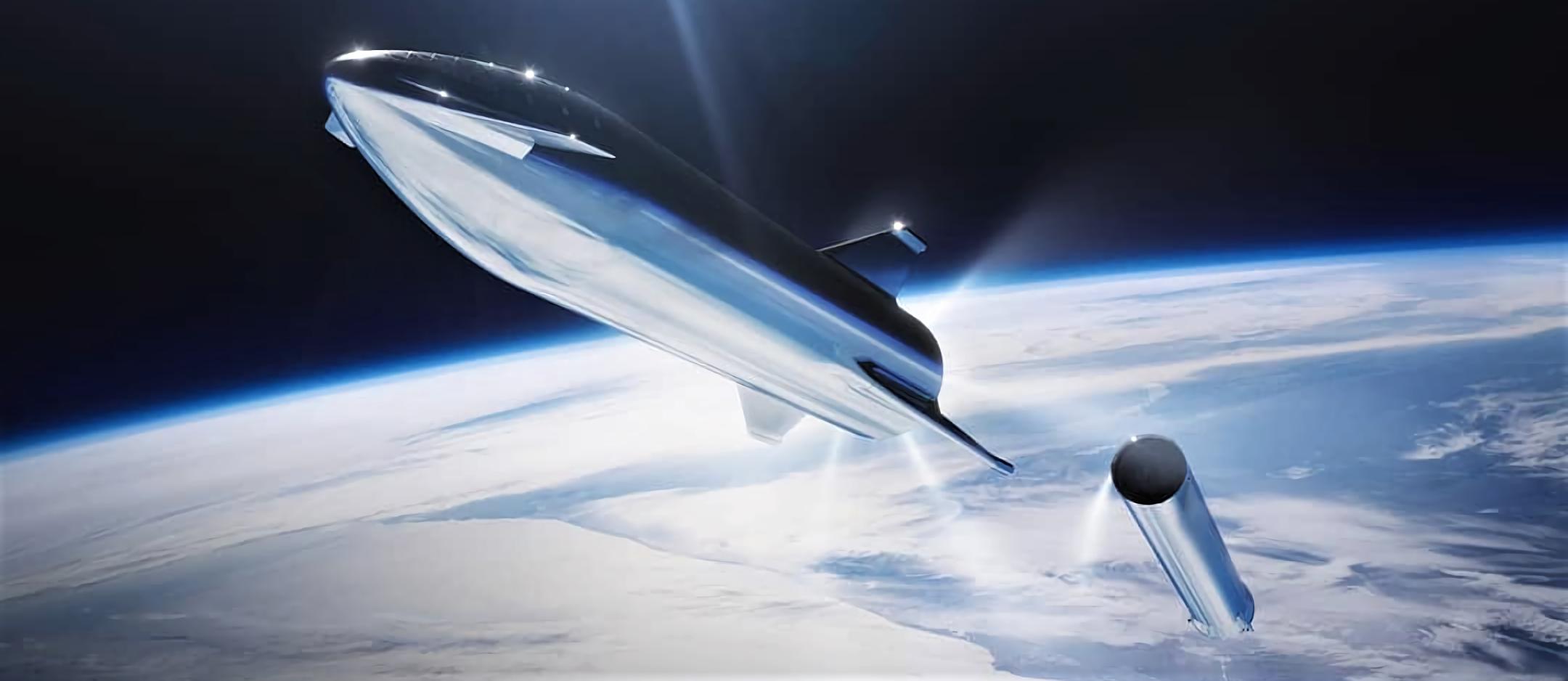Despite the many, many problems we face in the world today, it is still an exciting time to be alive! As we speak, mission planners and engineers are developing the concepts that will soon take astronauts on voyages beyond Low Earth Orbit (LEO) for the first time in almost fifty years. In addition to returning to the Moon, we are also looking further afield to Mars and other distant places in the Solar System.
This presents a number of challenges, not the least of which are the effects of prolonged exposure to radiation and microgravity. And whereas there are many viable options for protecting crews from radiation, gravity remains a bit of a stumbling block. To address this, Youtuber smallstars has proposed a concept that he calls the
The idea was inspired in part by science fiction. Depending on how realistic a franchise is trying to be, starships will either generate their own gravity using some special device or through rotating sections. While the former concept is much like the hyperdrive (i.e. uses physics that are either totally fictitious or theoretical at this point), the latter is something that is entirely feasible.
The concept goes back to over a century, with the first recorded example provided by Konstantin Tsiolkovsky (1857 - 1935), one of the "founding fathers" of rocketry and aeronautics. In 1903, he published a study titled "Investigation of Outer Space Rocket Devices," where he suggested using rotational force to create artificial gravity in space.
Since then, many variations of this idea have been proposed for space stations and habitats, such as the von Braun Wheel, the O'Neill Cylinder, and the Stanford Torus. Some concepts are even being considered for development, such as NASA's Nautilus-X space station (which would use a rotating torus to provide artificial gravity) or the Gateway Foundation 's proposal for a commercial space station.
After conducting some research into centripetal force,smallstarsarrived at the idea for the GLS. As he explains in his video (shown above), the GLS is basically a "hub ship" (i.e. like the hub of a wheel), where the payload bay is filled with a truss that unfold and deploy robotically, thus "serving as the wheel's spokes". It would be positioned between two passenger starships and would link up with them during the 6+ month-long journey to Mars.
Once linked up, the passenger ships would swivel around to reorient themselves and fire their thrusters to impart momentum to the wheel. Once enough velocity was generated to simulate Earth-normal gravity (9.8 m/s ², or 1 g), the passenger ships would reorient themselves again to face inward towards the "hub" ship.
For the remainder of the journey, those aboard the passenger ships would experience the sensation of being pulled down thanks to the centripetal force created by the rotation of the wheel. Assmallstarsoutlines the system:
Currently, a great deal is known about the long-term effects of exposure to microgravity, thanks in large part to research conducted by astronauts aboard the International Space Station (ISS). These include muscle loss, bone density loss, diminished organ function, eyesight, changes in cardiovascular strength, and even genetic changes.
These are things that astronaut Scott Kelly can certainly attest to! After spending a year in space as part of NASA's Twins Study, he found readjusting to life on Earth to be agonizing (as detailed in his book Endurance). In order to prevent such health effects before crews even reach deep-space destinations like the Moon or Mars (where the long-term effects of low- g are still not known), mitigation strategies will be needed.
In addition to detailing the system, smallstars also performed the necessary calculations to determine the structure of the truss and the necessary velocity to simulate Earth-normal gravity. Using SpinCalculator, he determined that a rotational velocity of 31 m/s would work for a system that measured about 100 meters (97.99 m to be exact; or ~321.5 ft) in radius, providing the feeling of 1 g and making roughly 3 rotations per minute.
 Universe Today
Universe Today


